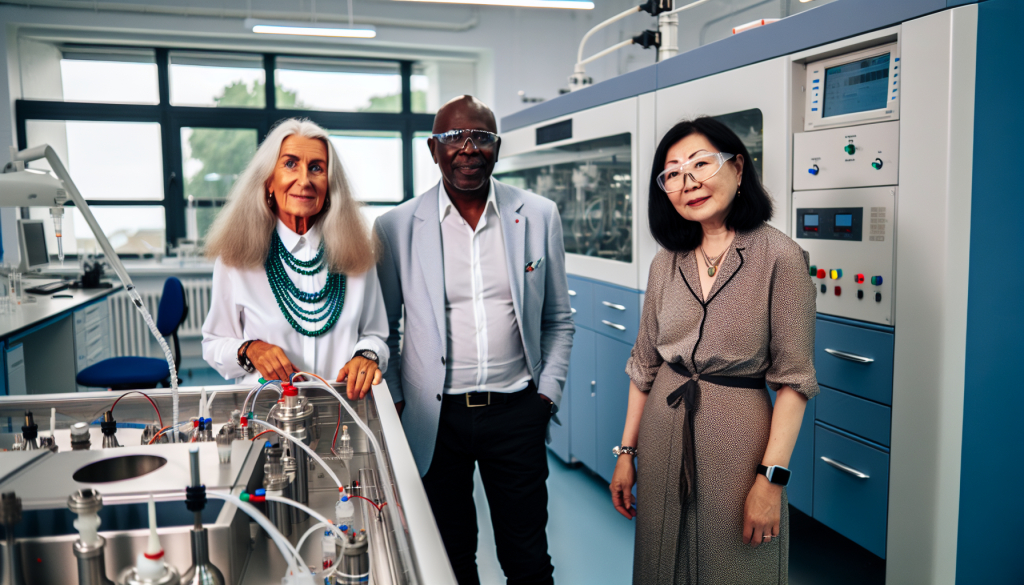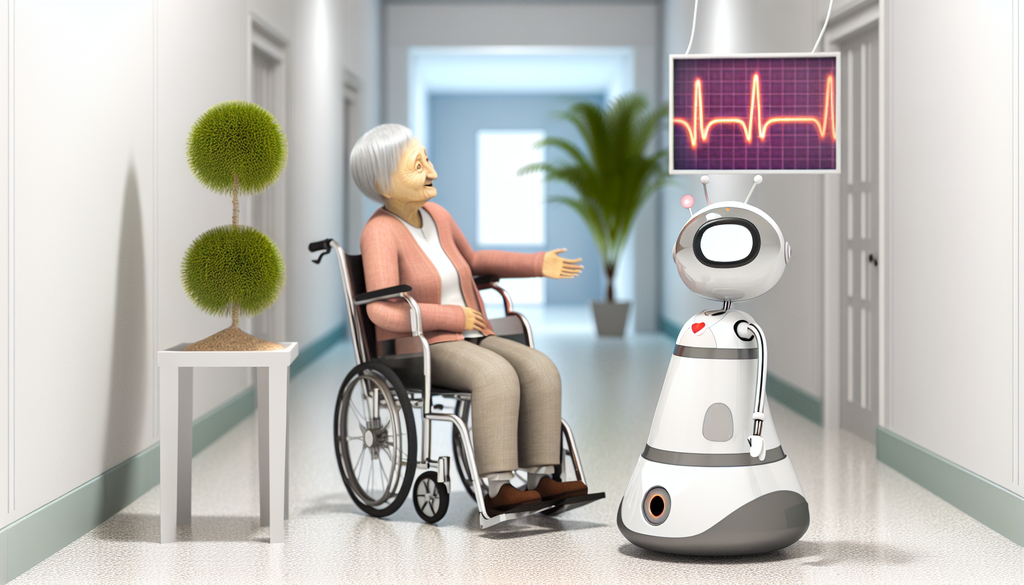Graz scientists identify cause of aortic stiffening

Image:
From left to right: Oksana Tehlivets of the Institute of Molecular Biosciences at the University of Graz, Gerhard A. Holzapfel, and Francesca Bogoni from the Institute of Biomechanics at Graz University of Technology. Alongside researchers from the Medical University of Graz, they have uncovered that elevated homocysteine levels in the bloodstream can lead to a stiffening and reduced flexibility of the aorta.
Image courtesy of TU Graz
Heart and circulatory diseases continue to be the leading global cause of death. In Europe, they are responsible for more than 40% of all fatalities. Although widely known factors like high blood pressure and cholesterol contribute to these illnesses, they do not fully account for such a high mortality rate. In Graz, researchers have now identified homocysteine as another key factor linked to cardiovascular health. In tests using animal models, increased amounts of this amino acid were shown to reduce the elasticity of the aorta. This discovery adds a new layer of understanding to the development of heart-related conditions like atherosclerosis, where cholesterol has long been a central focus.
Examining the Aorta
The aorta, the body’s largest artery, plays a critical role in circulating oxygenated blood from the heart to the rest of the body. “Issues within the aorta are often at the root of cardiovascular diseases,” says Gerhard A. Holzapfel from TU Graz’s Institute of Biomechanics. He collaborates with Francesca Bogoni (TU Graz) and Oksana Tehlivets (University of Graz) to study how the aorta behaves mechanically under different conditions.
Their recent research—conducted with colleagues from the Medical University of Graz—looked into how homocysteine affects the aortic structure. This compound is naturally created during methionine metabolism, but when not properly broken down, it accumulates in the body. “This accumulation is more frequent among older adults, and is also linked to diets rich in fats and low physical activity,” says Tehlivets.
High Homocysteine Leads to Rigid Arteries
The team directed their investigation squarely at homocysteine, intentionally excluding cholesterol to isolate the amino acid’s specific impact. “While we already understand how cholesterol thickens arteries, the recognition that homocysteine also has damaging effects—making vessels rigid and less responsive—has been underappreciated,” says Bogoni.
This research provides critical insights into the origins of atherosclerosis and other cardiovascular conditions. The work was supported by the Austrian Science Fund (FWF) and BioTechMed-Graz, a collaboration between the University of Graz, the Medical University of Graz, and TU Graz for advancing health science initiatives.
Published Studies:
Bogoni et al. “Homocysteine leads to aortic stiffening in a rabbit model of atherosclerosis.” Published in Acta Biomaterialia, 2025.
Tehlivets et al. “Homocysteine contributes to atherogenic transformation of the aorta in rabbits in the absence of hypercholesterolemia.” Published in Biomedicine & Pharmacotherapy, 2024.
Bogoni et al. “On the experimental identification of equilibrium relations and the separation of inelastic effects of soft biological tissues.” Published in the Journal of the Mechanics and Physics of Solids, 2024.
Journal
Acta Biomaterialia
DOI
10.1016/j.actbio.2025.06.003
Method of Research
Experimental study
Subject of Research
Animal tissue samples
Article Title
Homocysteine leads to aortic stiffening in a rabbit model of atherosclerosis
Article Publication Date
1-Jul-2025


